Sofa dimensions typically include length, depth, and height. The length of a sofa is the most straightforward measurement, indicating how much wall space it will occupy. It is essential to measure the available space in the room to ensure that the sofa fits without overwhelming the area. A common mistake is underestimating the length needed for seating, especially in homes where family gatherings or entertaining guests are frequent.
Depth is another critical dimension to consider. This measurement indicates how far the sofa extends from the wall into the room. Sofas with deeper seats can offer more lounging comfort, making them ideal for relaxation. However, deeper sofas may not be suitable for smaller rooms, as they can create a cramped atmosphere. Shallow sofas, on the other hand, can work well in limited spaces while still providing adequate seating.
Height is often overlooked but is equally important. The height of the sofa affects how easy it is to get in and out of the seat. Sofas with lower heights can be more challenging for older adults or those with mobility issues. Conversely, higher sofas can provide a more comfortable seating experience for individuals who prefer a more elevated position. Additionally, the height of the backrest contributes to overall comfort, especially for those who enjoy reclining while sitting.
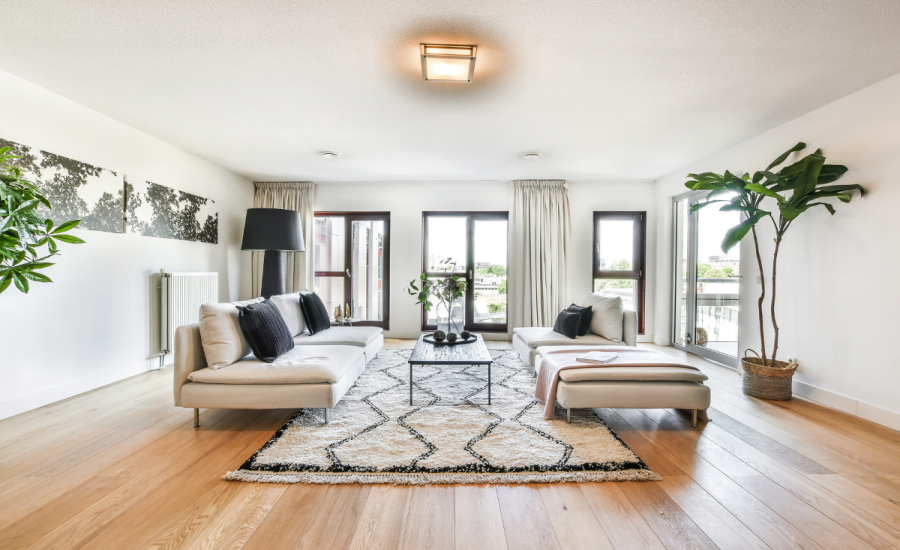
Understanding the scale of the room is essential when selecting a sofa. A large sectional may dominate a small living room, while a petite loveseat might get lost in a spacious area. Visualizing the sofa within the context of the room can help in making a suitable choice. Using painter’s tape to outline the dimensions on the floor can provide a clear picture of how the sofa will fit in the space. This method allows homeowners to assess not only the size but also the flow of movement around the furniture.
The style of the sofa can also influence its dimensions. Contemporary designs often feature sleek lines and lower profiles, while traditional sofas may have more substantial frames and higher backs. Understanding the design style of the home can guide the selection of a sofa that complements the existing decor while fitting comfortably within the designated space.
When considering sofa dimensions, it is crucial to account for additional elements such as armrests and cushions. These features can add extra width and depth to the overall measurements, affecting how the sofa fits within the room. Selecting a sofa with removable cushions can provide flexibility in adjusting the seating arrangement as needed.
The right sofa dimensions into your home can significantly enhance both functionality and style. By carefully measuring the available space and considering the intended use, homeowners can select a sofa that fits seamlessly into their living environment. Understanding the importance of length, depth, and height will ensure that the chosen sofa not only looks great but also provides comfort and usability for years to come.

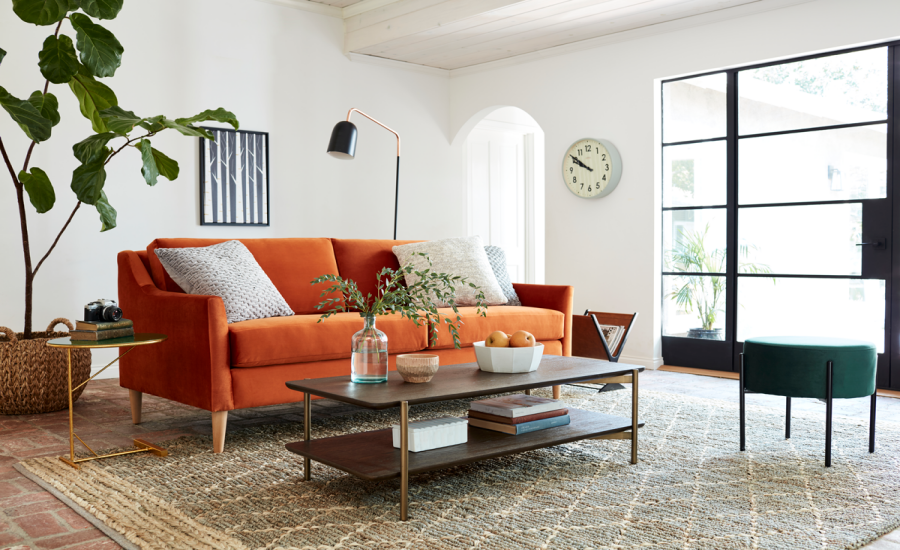
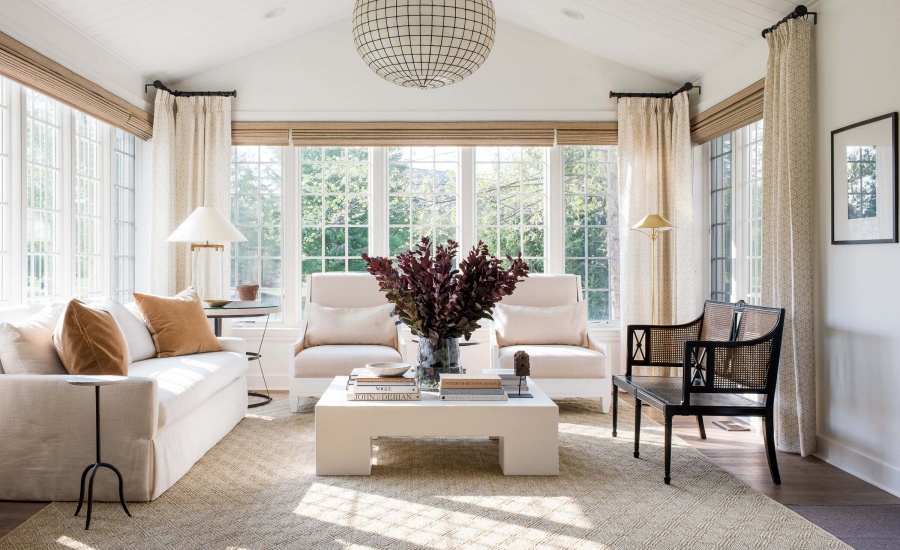

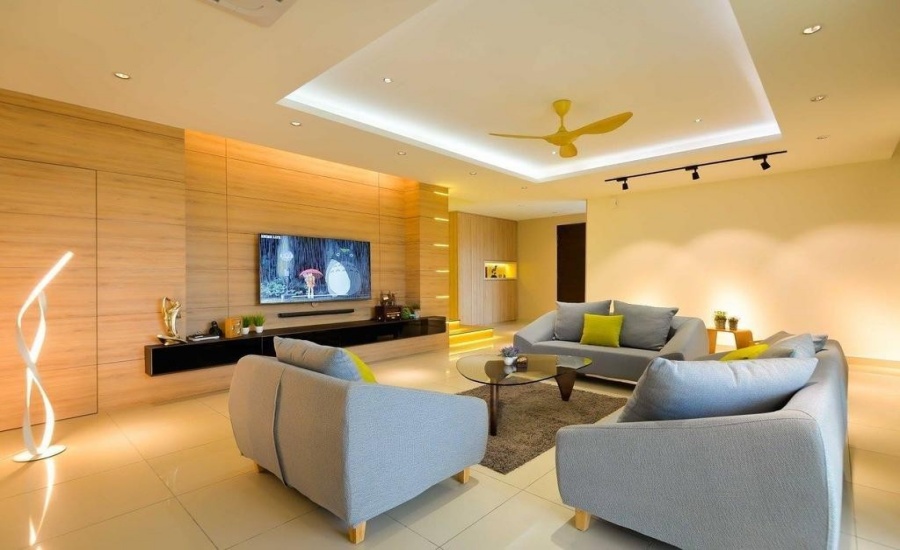
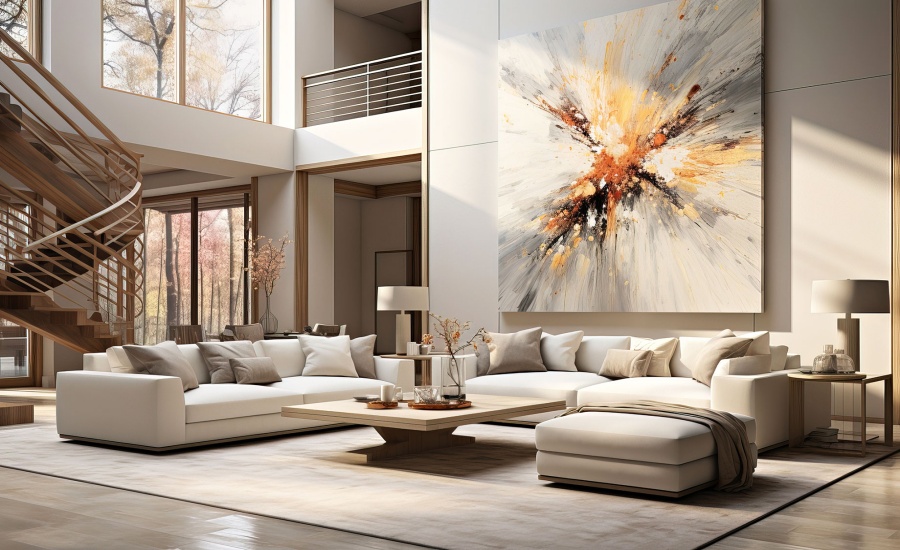

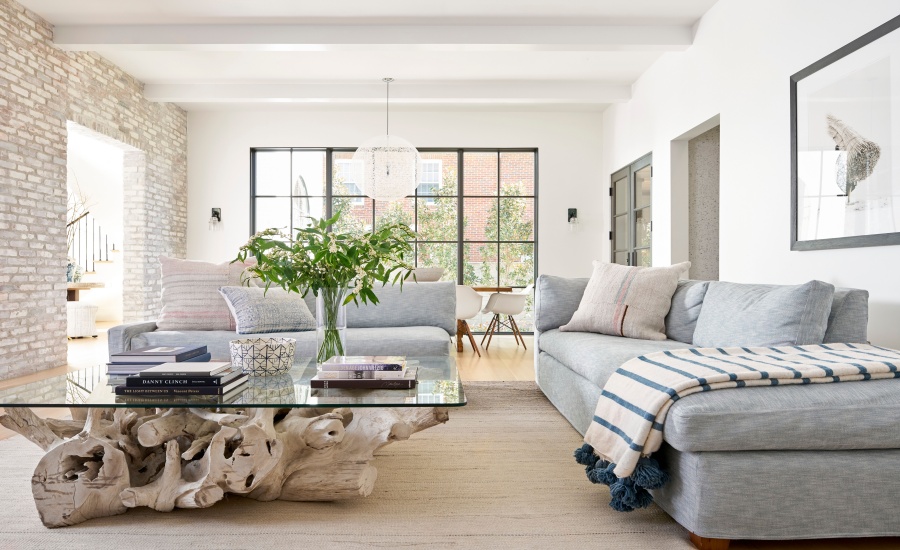

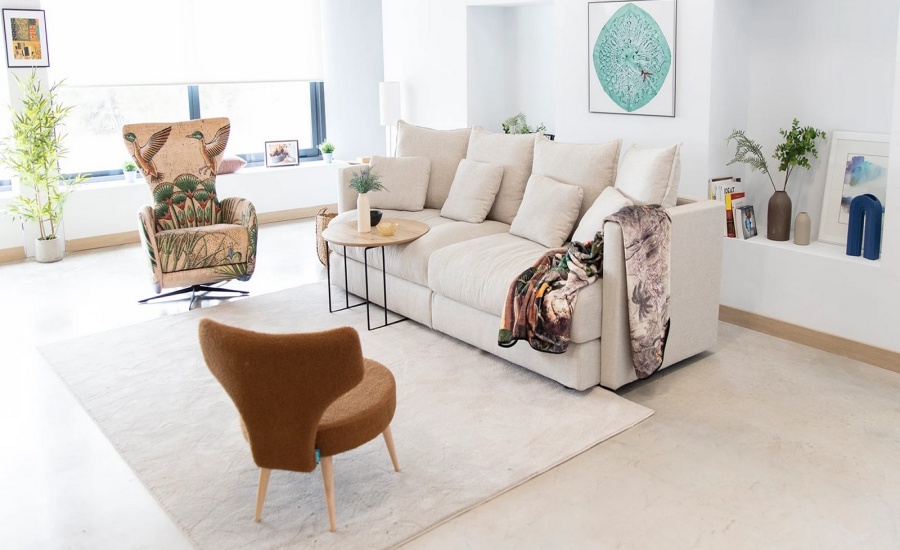
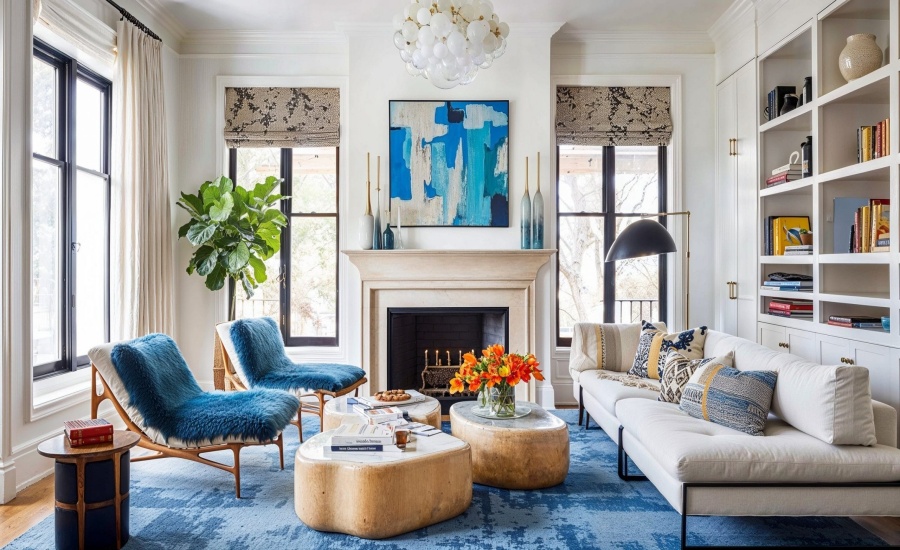
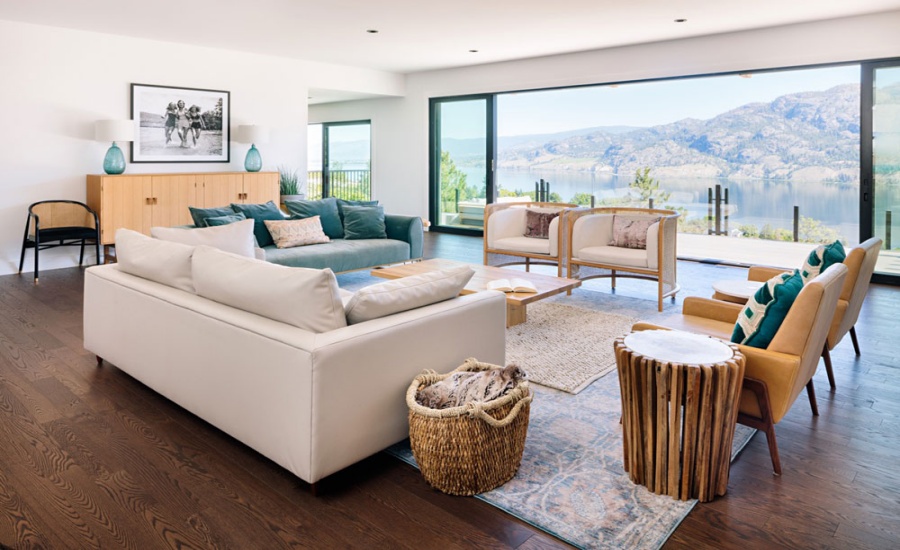
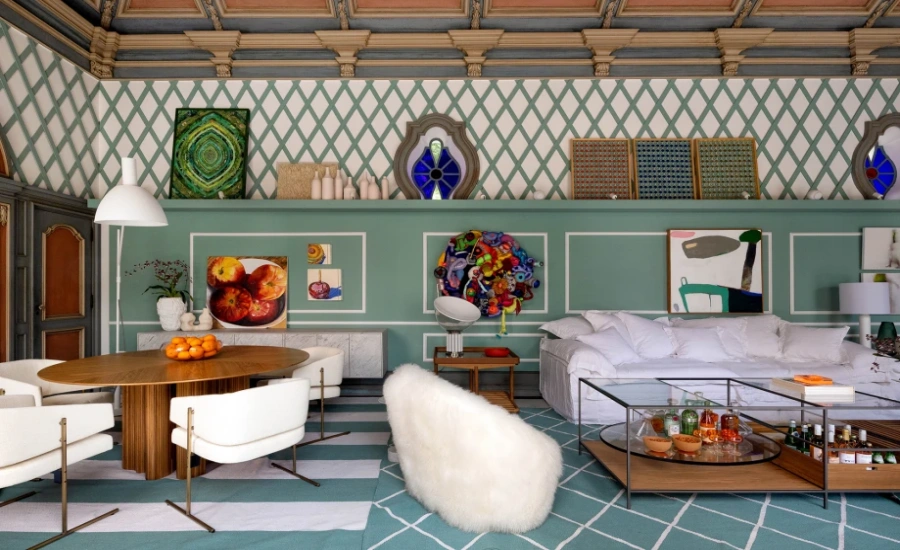
Leave a Reply